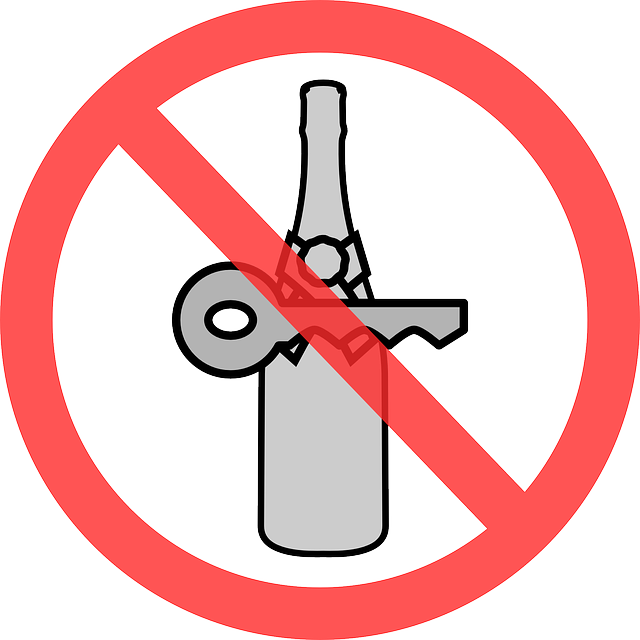Pedestrians' rights are essential for building safe, vibrant communities, and understanding these legal protections encourages freedom and dignity in public spaces. "Community Service as Punishment" offers an innovative approach to address pedestrian offenses, promoting community responsibility through tasks like street clean-up, but faces criticism regarding deterrence for serious crimes and equity concerns. Creating pedestrian-friendly environments requires multi-strategic efforts: implementing dedicated walking paths, crosswalks, and signage; urban planning that prioritizes people over cars; engaging local residents in cleaning projects; and addressing issues like littering and vandalism. These measures enhance safety, accessibility, and community ownership, ultimately creating enjoyable streets for everyone, including those with mobility aids.
Pedestrians’ rights and safe streets go hand in hand, creating vibrant communities. This article delves into the foundational importance of understanding pedestrians’ legal protections, especially in light of debates around community service as a punishment for violations. We explore both the advantages and drawbacks of this approach, focusing on strategies to enhance pedestrian-friendly environments. By examining alternative solutions, we aim to reduce harsh sentences and foster more secure, walkable neighborhoods.
- Understanding Pedestrians' Rights: The Foundation of Safe Streets
- Community Service as a Punishment: Pros and Cons for Pedestrian Safety
- Strategies to Enhance Pedestrian-Friendly Environments and Reduce Sentences
Understanding Pedestrians' Rights: The Foundation of Safe Streets

Pedestrians’ rights are the cornerstone of safe streets and a thriving community. Understanding these rights is essential for fostering an environment where everyone can move around freely, safely, and with dignity. In many jurisdictions, pedestrians have specific legal protections, which ensure they are not only seen but also respected by other road users, including drivers. These rights include the expectation of being free from harm and having the right-of-way in crosswalks and certain situations.
Knowledge of these rights is crucial for promoting community service as punishment for violations aimed at improving street safety. When pedestrians feel empowered to assert their rights, it encourages a culture of responsibility where everyone takes accountability for their actions on the streets. This, in turn, leads to reduced incidents of jaywalking, aggressive behavior, and other hazards that can negatively impact public spaces.
Community Service as a Punishment: Pros and Cons for Pedestrian Safety

Community Service as a Punishment has been proposed as an alternative to traditional penalties for pedestrian-related offenses, such as jaywalking or disregarding traffic signals. Proponents argue that it offers a unique opportunity for education and rehabilitation. By assigning tasks like street clean-up or maintenance, individuals not only serve their punishment but also actively contribute to their communities, fostering a sense of responsibility and awareness around pedestrian safety. This approach can be particularly effective in urban areas where busy streetscapes demand constant vigilance from both residents and visitors.
However, critics point out potential drawbacks. Community Service as a Punishment may not always be an effective deterrent for serious offenses or individuals who lack personal connection to the community. Moreover, it raises questions of equity, as access to meaningful service opportunities might vary based on socio-economic status. Despite these concerns, many believe that with careful implementation and consideration of individual circumstances, this approach can be a powerful tool in promoting pedestrian rights and safe streets.
Strategies to Enhance Pedestrian-Friendly Environments and Reduce Sentences

Creating pedestrian-friendly environments is a multifaceted approach that involves several strategies to ensure safety and accessibility. One key method is the implementation of dedicated walking paths and crosswalks, clearly marked with appropriate signage and pavement markings. This reduces conflicts between pedestrians and vehicles, making it safer for folks to move around on foot. Additionally, urban planning can play a significant role by designing streetscapes that prioritize people over cars, such as reducing speed limits, implementing traffic calming measures like speed bumps or roundabouts, and encouraging the use of public transport and active modes of travel like cycling and walking.
Furthermore, addressing issues like littering and vandalism through community service as punishment can significantly enhance these environments. Well-maintained spaces encourage pedestrians and foster a sense of community ownership. Engaging local residents in cleaning and beautification projects not only improves the physical space but also promotes a culture of responsibility and pride. This collaborative approach can lead to more vibrant, safe, and enjoyable streets for everyone, ensuring that our urban areas are welcoming and accessible for all, including those who choose to walk or use mobility aids.
In promoting safe streets, it’s crucial to balance consequences for violations with strategies that foster pedestrian-friendly environments. While community service as a punishment has its pros and cons, focusing on education, infrastructure improvements, and alternative sentencing can more effectively enhance pedestrian safety without unduly burdening individuals or communities. By prioritizing these comprehensive approaches, we can create sustainable, inclusive spaces where pedestrians thrive.






